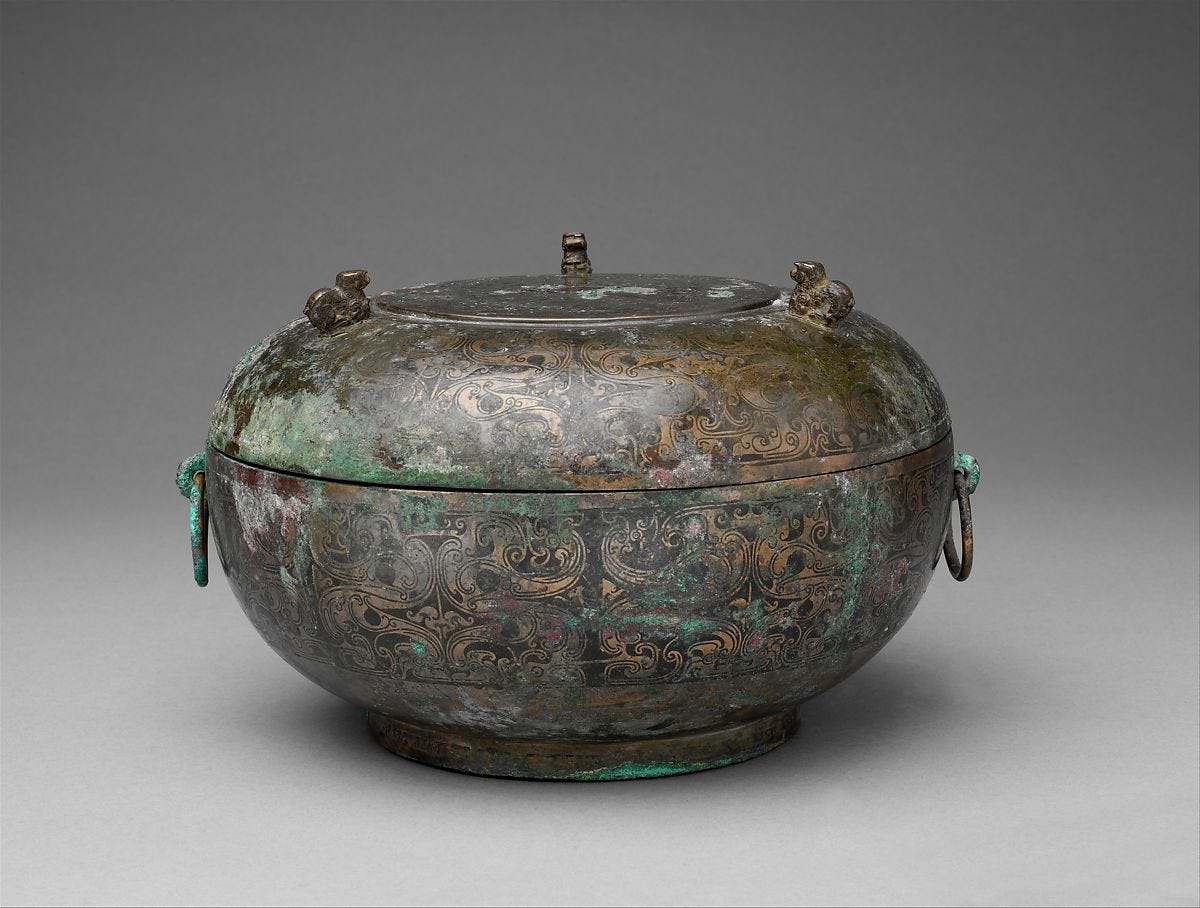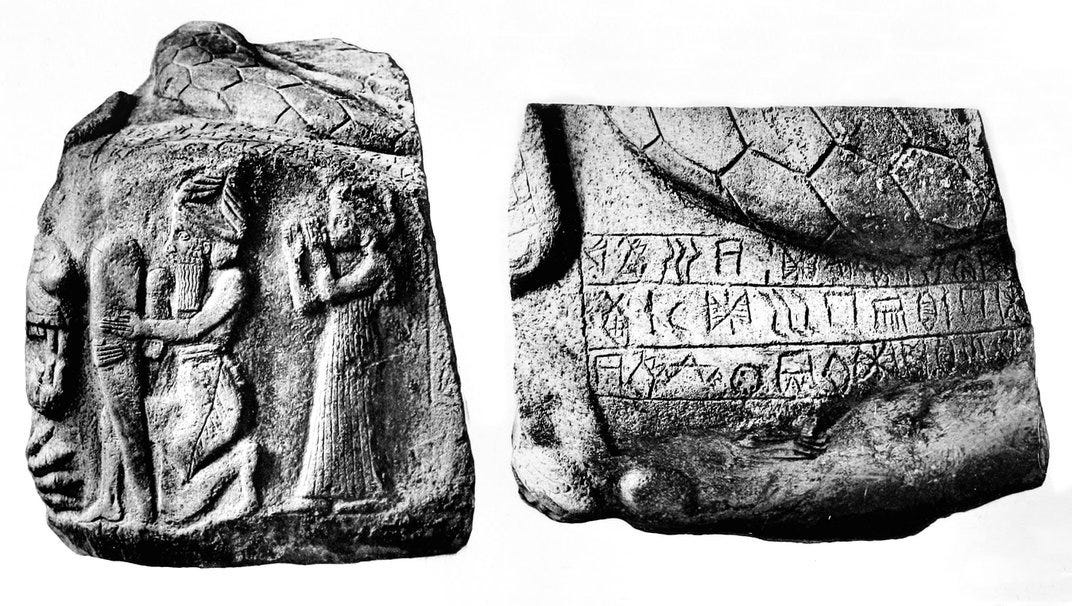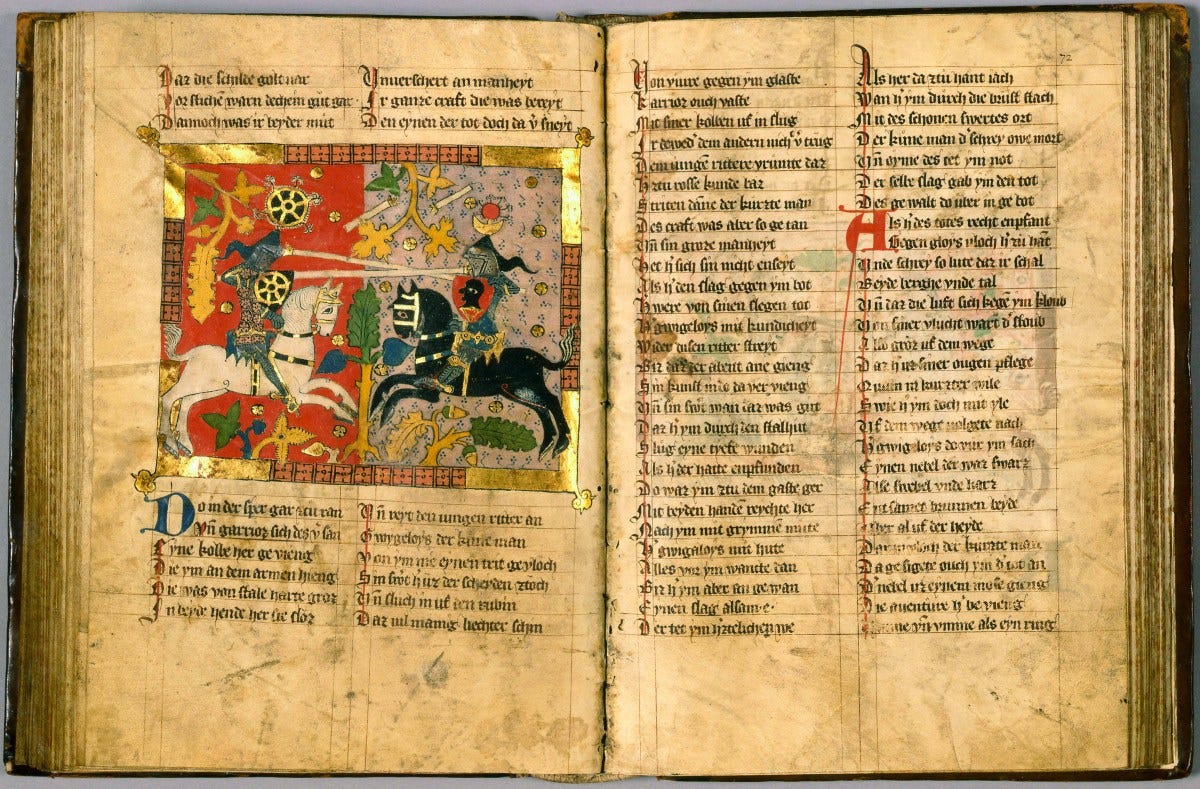Weekly Roundup- September 2nd
Chinese bronze, decipherment of Elamite, occupation archaeology and much more! Plus- an update!
Researchers decipher mysterious ancient recipe for bronze
Bronze production was near industrial level during the Shang dynasty (c. 2000 BCE) much ahead of other bronze producing cultures in the Near East, for example. And now researchers belief they have rediscovered a recipe for the alloy. They argued that Shang people relied on pre-prepared alloys which indicated a complex supply chain.
The team reanalyzed a text that discusses the use of jin and xi, previously interpreted as tin and copper, the two components of bronze. However, upon analyzing actual bronze objects they found they were made of two alloys— one of copper, tin, and lead and another of copper and lead. They argue that this was the actual jin and xi, which were made into prefabricated ingots that would be easily transported and combined.
Many scholars used to argue that you could not find “industrialization” in the pre-Roman world, but what other way could you describe such a complex industry this early in human civilization? Maybe we should think of industrialization as a kind of slow burn human event, rather than only valuing punctuated rises in production.

Have Scholars Finally Deciphered a Mysterious Ancient Script?
Researchers are claiming to have translated Linear Elamite, the script used by the cultural group in what is today southern Iran. The study, using new inscriptions found on silver beakers, proposes a “reading” of the Elamite writing system. If accurate, this is a major breakthrough. Ancient texts provided an emic understanding of a culture and can be used to investigate a myriad of topics from economics to religion, though we must admit that texts are always written from a certain point of view, almost always in the favor of very rich people.
Now if only we could decipher the Indus Valley script…

Penn Museum to Bury Skulls of Enslaved People
The Penn Museum is planning on burying the remains of 13 enslaved individuals, whose bodies were used by Samuel Morton (1799-1851) to formulate his racist theories. The current director, Dr. Christopher Woods sees this as the right time to acknowledge the problematic history of the “collection” and to allow these individuals a release from being non-consenting test subjects.
Morton developed the influential theory that underpinning racial science that would later develop into other sciences like eugenics. He even had many skulls of ancient Egyptians and argued that they were not African at all but were of European ancestry (obviously, wrong as studies have shown ancient Egyptian genetic connections to current North African populations). Many older institutions have similar anatomical collections including enslaved peoples, indigenous groups, and other peoples who never consented to their remains being used in such a way.
Acknowledgment and repatriation are just the first steps in righting this wrong—but what more can be done for the communities traumatized by this practice? You might want to read The Immortal Cells of Henrietta Lacks by Rebecca Skloot for more on such topics.

Occupation Archaeology
In an opinion piece in Haaretz, the ethics and politics of archaeology are explored. Similar to the above article about the abuse of enslaved people’s bodies, this piece looks at how archaeology has been used by government institutions to push people off their land in Palestinian territories. Though such political-laden digs are not necessarily condoned by most of the academic world, many tuned a blind eye. This article represents a refreshing rebruke. Using archaeology in this way is not a new phenomenon—similar reasons were recently used in Luxor to forcibly relocate the village of Gurna or to justify the Museum of the Bible illegal dig at Qumran.
Once again we are left with the questions—who matters more? Modern agendas to protect antiquities or marginalized groups? And can the study of ancient objects and sites ever be apolitical? I think we can all appreciate attempts to safeguard heritage, but at what costs to the people living in that area.

Over 90% of Medieval Manuscripts Have Been Lost, Study Says
A recent study argues that over 90% of non-religious Medieval manuscripts have been lost to time. Researchers used a method taken from ecology called the ‘unseen species model,’ which is used to show how many species in an ecological setting go undetected by researches. One can never see with 100% accuracy all living things in a specific zone, and in the same way the model helped researchers estimate how many manuscripts they are NOT seeing in modern-day collections.
If you applied this model to the ancient world I wonder what it would be…with the burning of the Library of Alexandria and all. 5%?!

Plans over the break
The Substack and Podcast are going on vacation for the rest of the month. What are Kara, Jordan, and Amber up to over this near month-long hiatus? Hint—it won’t be this (well.. maybe for Jordan). See everyone in October!
Kara
I will be editing THE COFFINS BOOK (called Recycling for Death, out end of the year or early 2023). There is so much to do, so many details, so much proofreading, so many citations to add, so so so much that I sometimes get quite overwhelmed. But it must be done. I’m actually writing this substack from my hotel room in Cairo where I am wrapping up the last of my permissions for publishing images with the Egyptian museum Cairo, and tomorrow I’ll check out the National Museum of Egyptian Civilization for the first time. Wish me luck with this editing through a Mercury Return and beyond!
Jordan
I will be in Greece for two weeks. I have never been and we had the opportunity (and airline points) to explore the country. Before I chose to pursue Egyptology, my other love was the Minoan culture. We won’t be on Crete, but I am excited to check out the museum and see all the other Bronze Age culture on the mainland and islands. If you are a Patreon, I will be posting images to our Discord! If anyone has any stops that are a must see, please leave a comment.
Amber
I will be doing all I can to help as Kara moves through the final stages of editing THE COFFINS BOOK, enjoying a few fall adventures with the family, and living vicariously through Jordan’s travel photos. :)







The Skloot book is called The Immortal *Life* of Henrietta Lacks - a sad and revealing read.